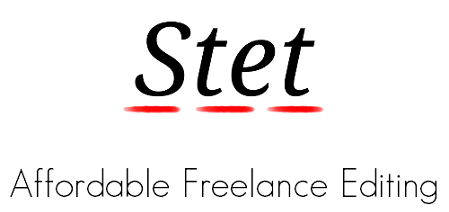Dialogue is one of those things I see a lot of mistakes in.
I think it’s because it’s a part of writing that so many people enjoy. It’s easy to lose yourself in your characters while they battle back and forth with their wit, or give important speeches to win the heart of their loved one, or country. However, it’s one of those silly writerly things that we just have to train ourselves in. It is grammar, and we have to get it right.
I’ll start with the basics, as anyone submitting their novel will have to when they check their work.
1. British and American Styles
Mostly, Britain speech is marked by the single apostrophe (‘), while in America, they use the double (“). It doesn’t matter which you choose to use, so long as you are consistent. Of course, if you’re submitting to a publisher which has a house style or is based in a country you know uses a certain manner of quote mark, you should consider following their example. I personally prefer the double, which is what I’ll be using in this post to demonstrate. British grammar uses the double quote for phrases, and quotes within speech, while American grammar uses the opposite.
2. “Suspicious Quotes”
This is one of my favourite threads on Reddit because it’s hilarious. Everyone loves a good professional typo, and quotes come along with that. However, even used suspiciously, the majority of those quotes “open and close”.
This just means that when you open a quote using (“), you close it with (”).
Larry said, “I love a good suspicious quote,”
What’s that mean?” asked Bob.
Larry scratched his chin. “It means when people put quotes around a word or phrase to emphasise it, but their emphasis is wrong, he said, smiling.
There are no exceptions. Do it. Always triple check them. Or ask us to do it for you.
3. Indenting
Speech, and basically every new paragraph in fiction, needs to be indented. Standard rules say half an inch, so get your Word doc guides out and figure out how to set your indent margins. First lines are not usually indented, but just pressing ‘tab’ on your new paragraphs won’t give you the right size, so you will have to set them.
“Hi,” said Gary, brushing his grey hair from his eyes.
“Hello, old friend.” Bob embraced his college roommate.
The two friends stayed up the rest of the night catching up on old times, sharing a bottle of wine, and getting to know each other again.
4. Paragraphs
Every speaker gets their own line. This is one that I tend to have to correct a lot. Even if characters are interacting, they all get their own line. It’s respectful. Each voice has something important to say that will frame their character – your writing is important, and you just have to let it stand on its own. It can get confusing when you have action between the characters, but if it’s confusing, paragraph your speakers, and then look at how you can make the action clearer. Never not paragraph them.
5. Punctuating
I’m going to throw some terminology at you. It’s not super important to remember, but it might help if you ever get confused about this.
A reporting clause is basically ‘she said’ or ‘whispered ____’, any verb phrase that tells you who is speaking. When the reporting clause comes after the dialogue, we end the dialogue with a comma.
For example:
“I’m hungry,” said Bob.
Or
Bob said, “I’m hungry.”
The exception to this is with exclamation points (!) or question marks (?), which are not replaced with commas. This is because they are special. Their little symbols tell you how something is said, i.e., a query or exclamation.
It’s important to note that you don’t capitalise the ‘said’, otherwise known as the reporting clause, pretty much ever, even after a question mark.
I like to think of reporting clauses as little tags, like price tags that are attached to the dialogue giving you information about it. They tell you who is speaking and how, and should not be separated by the dialogue with full stops and capital letters.
For example:
“I’m hungry,” moaned Bob, rubbing his belly and staring at the clock. “When is lunch?”
The “When is lunch?” is already attached to Bob’s reporting clause of ‘moaned’ because it’s clear he said it, so we don’t need to add another one to the end of it. If you choose to sneak one on the end:
“When is lunch?” asked Bob.
You’ll notice we don’t capitalise the ‘asked’ because it’s telling you how Bob is speaking.
I hope you’re still following. Things get more complicated when you have additional cues about who is speaking. For example, I can say:
Bob rubbed his belly and stared at the clock. “I’m hungry, when is lunch?”
Because there’s no reporting verb there, no ‘said’ or ‘moaned’ or ‘asked’, we don’t use a comma before the dialogue, after ‘clock’. It’s pretty clear who is speaking, because it has its own line (as stated above) and his name is used – we know that Bob is the person complaining.
It’s a way of freshening up your dialogue from the endless lines of ‘he said’, ‘she said’ while still being clear.
The goal of punctuation and grammar is essentially to avoid confusion. The rules can be flexible to accommodate this, so long as whatever it is you’re trying to say is clear.
To read more writing tips and grammar advice, follow our blog for regular posts every Tuesday and Thursday. You can also follow us on twitter @StetOnline for more updates.
About Us | Services | Prices | Competitions | Blog
Contact us at stetfreelance@gmail.com or use our online form

